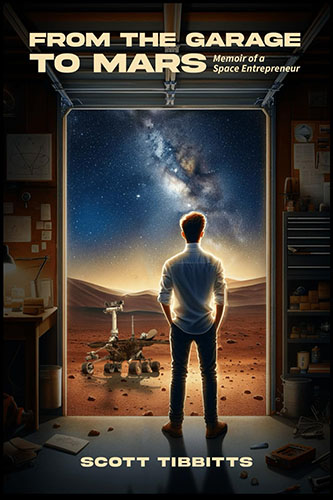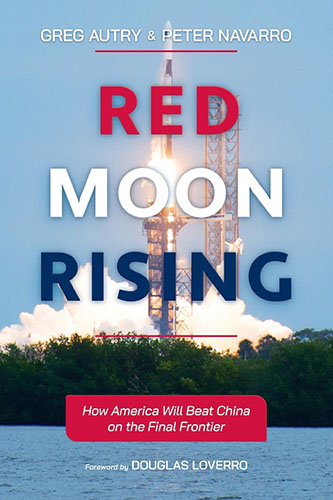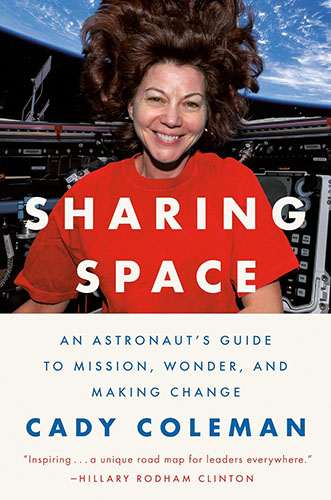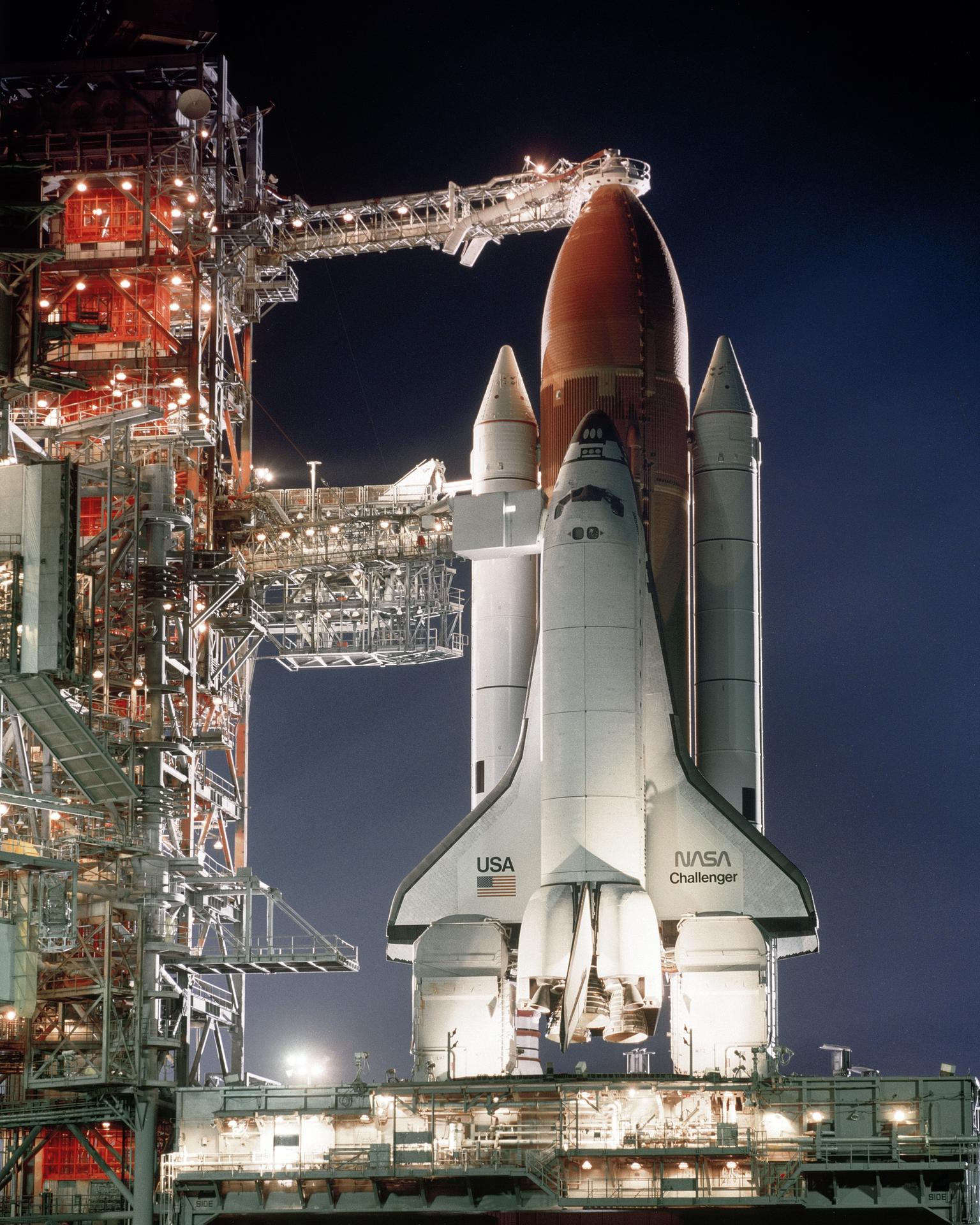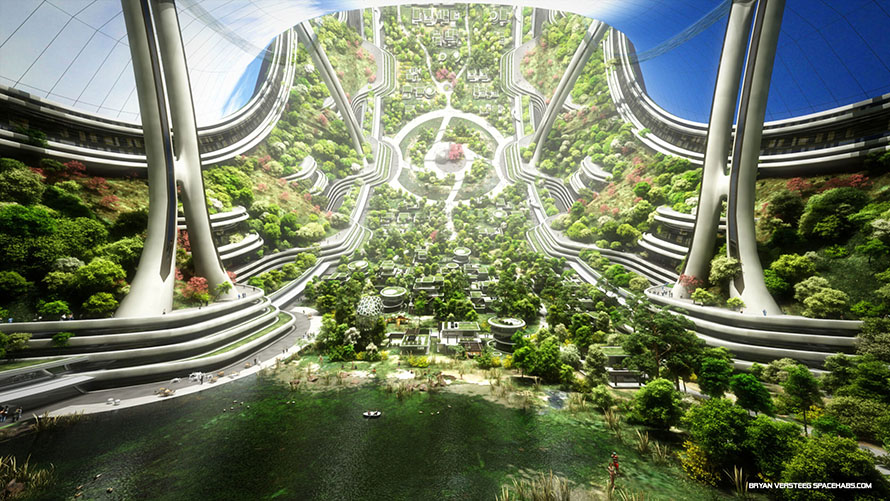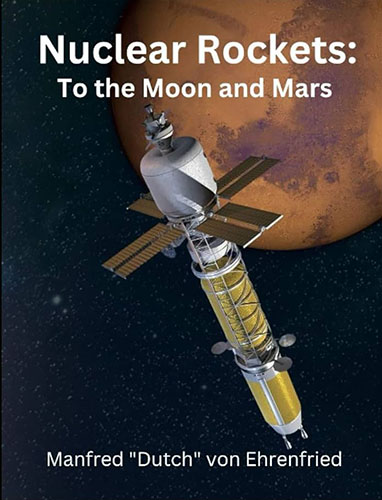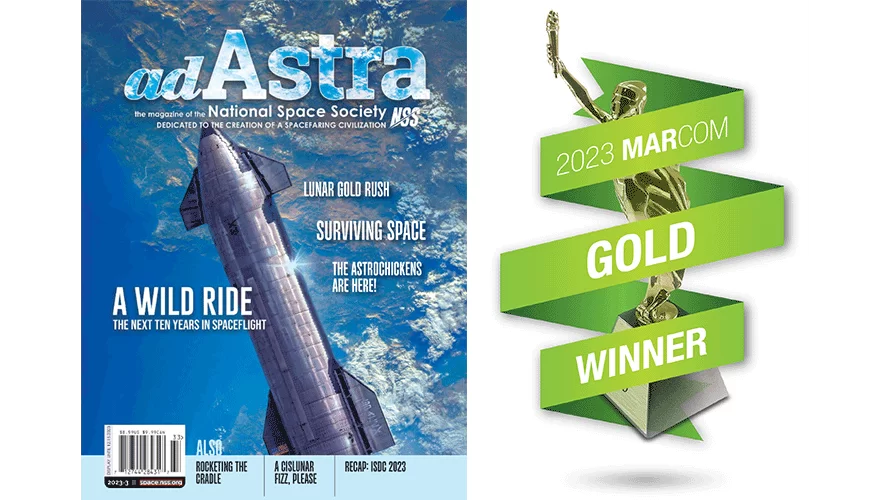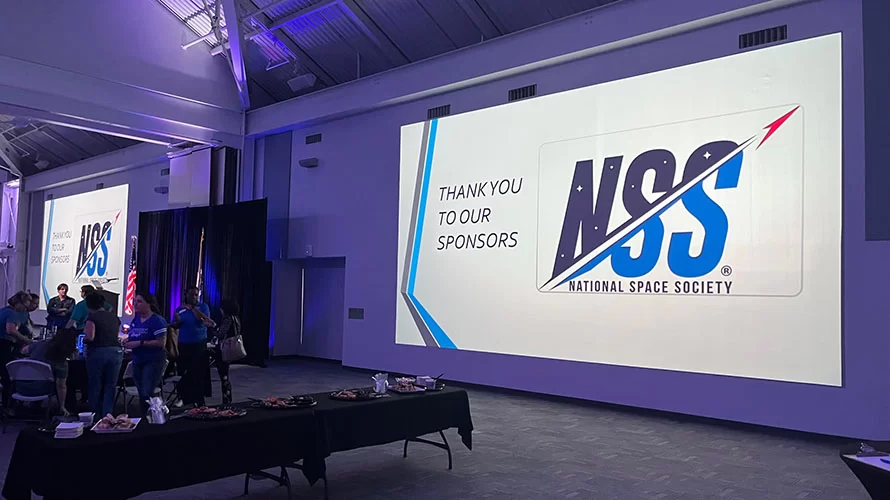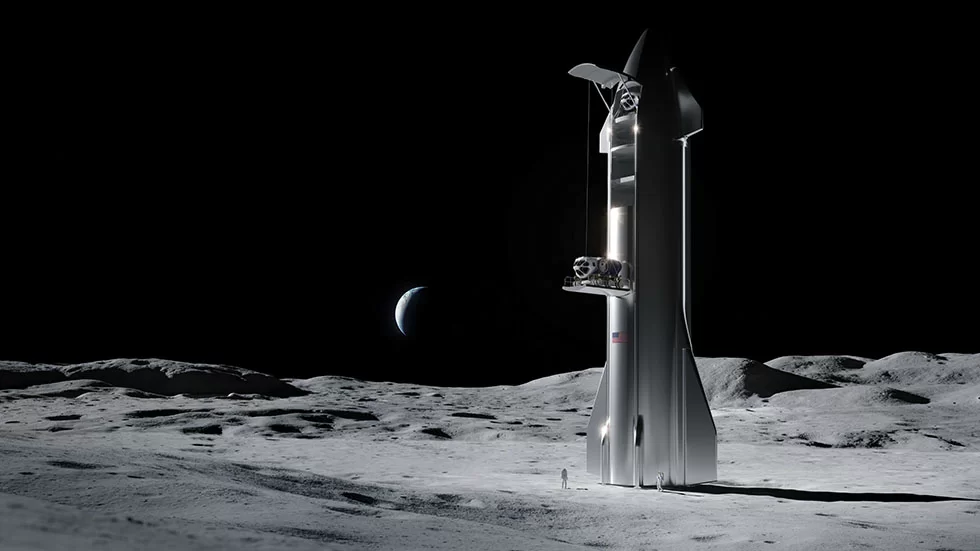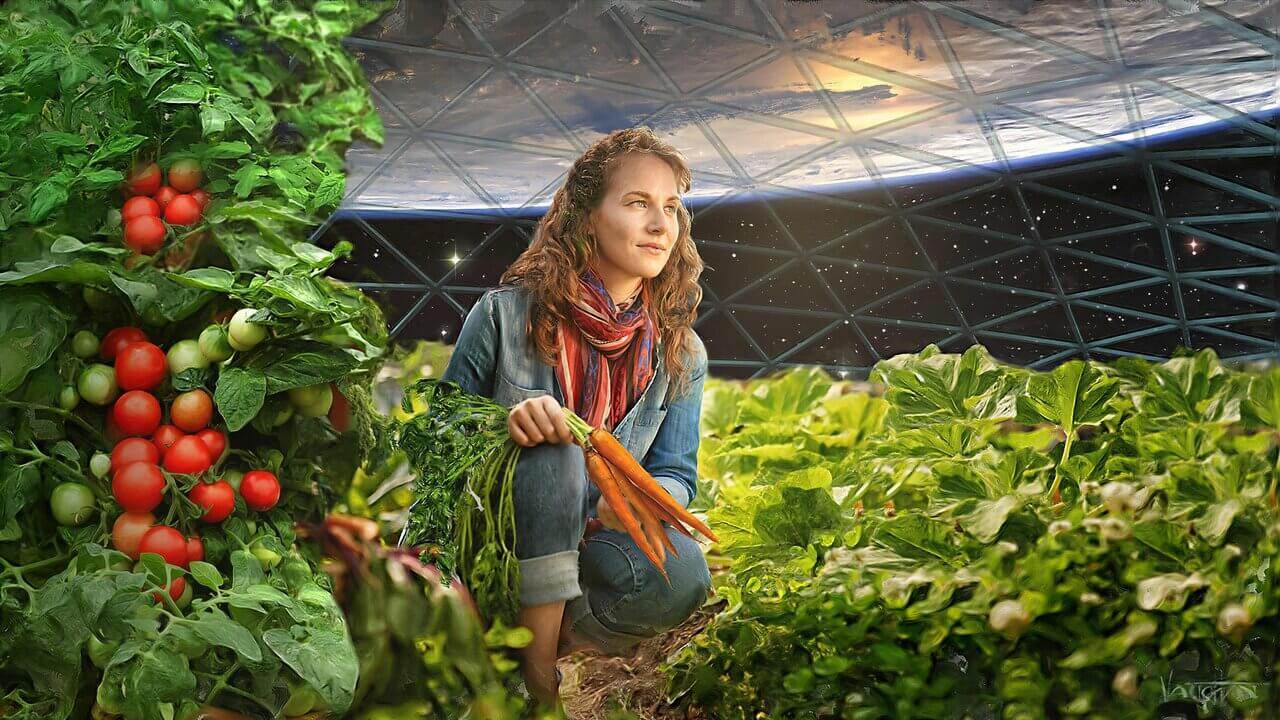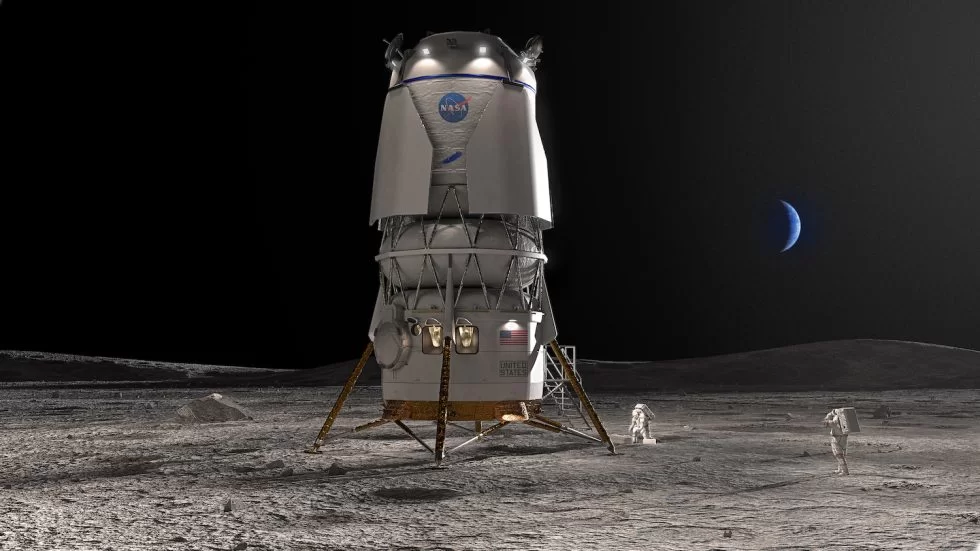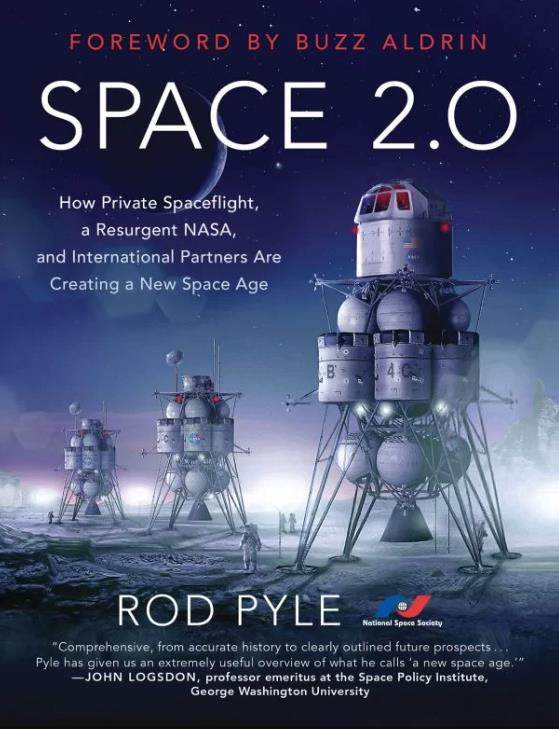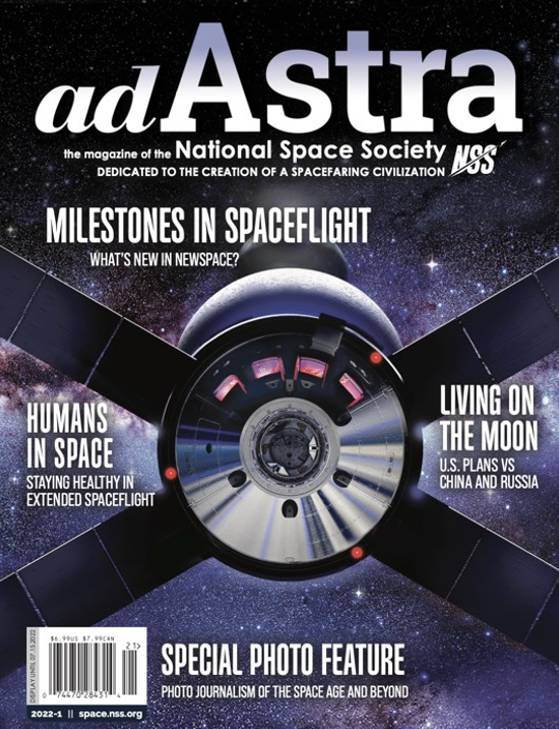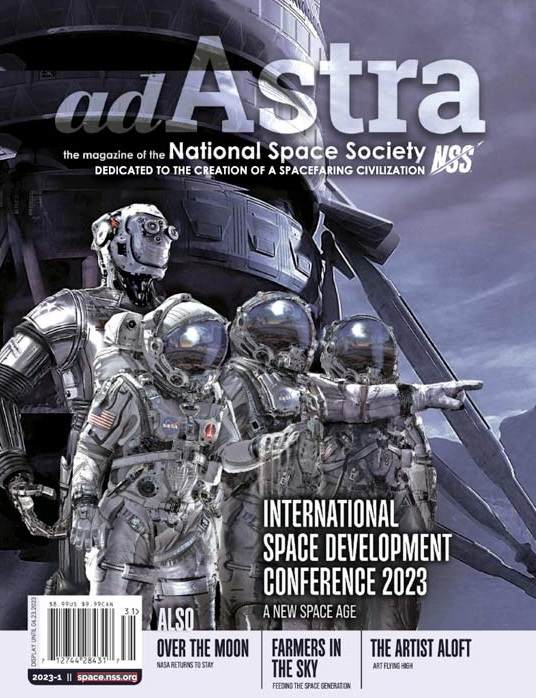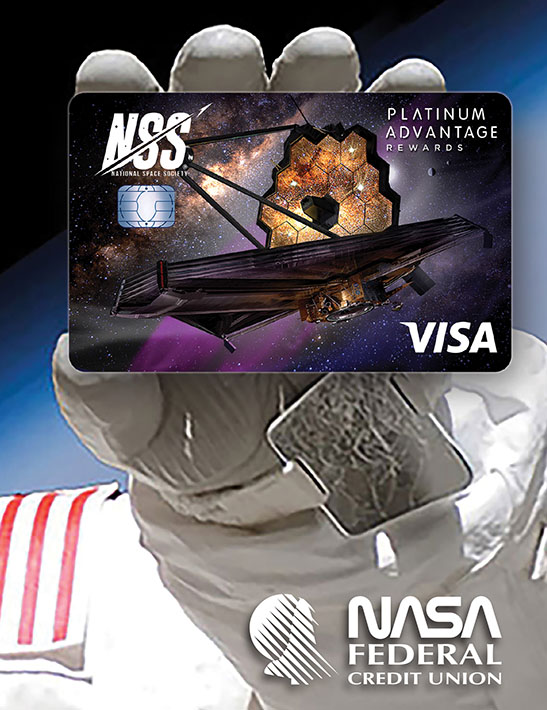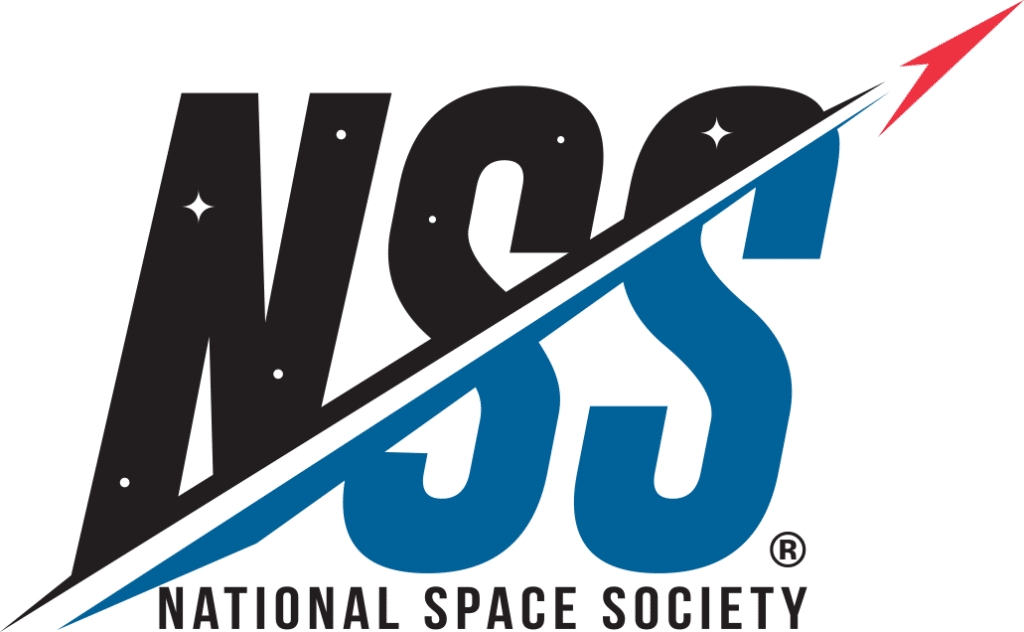By Candice Nunez, NSS ISDC Reporter, courtesy QGITS
John Spencer is a Space Architect & Designer, founder and president of the Space Tourism Society (STS), and author of the first book on space tourism published in the U.S. titled Space Tourism: Do You Want to Go? (2004) in which he pioneers the application of yachting and cruise ship industry models to space tourism. He has been quoted in more than 150 TV shows, documentaries, radio shows, and articles in magazines and newspapers on Space Tourism. He is considered a leading expert in creation and design of real space facilities and space ship interiors for NASA and private space enterprise, as well as space and future-themed simulation attractions, resorts, camps and media for the general public. He is the founder and chief designer of the Space Experience Design Studio (SED).
QGITS (an online publication for STEM students) had the chance to talk with John Spencer, Entrepreneur, Visionary and Space Architect Pioneer who is on the Board of Directors for the National Space Society and is speaking on the panel at this year’s ISDC 2014 National Space Society “Space Experience” track.

QGITS: What inspired you to become a Space Architect rather than designing shopping malls, for example?
John Spencer: I am actually designing a Mars Space themed shopping mall at the moment but that’s a different story. I was thirteen years old when the Apollo 11 first landed on the moon, I was very impressionable in those years and of course the tv show “Star Trek” was also a big a impression on me and the movie “2001: A Space Odyssey” with all the cool design, so I always loved finding stuff in architecture, science and space. In the late 70’s when I was working on my Masters in Architecture, I combined those two into a brand new field – Space Architecture. How do you really design these habitable spaces for people? There was very few people, just two other guys at that time in the late 70’s pioneering space architecture, there are more people today but it has been really quite an adventure, it’s what I really call the exploring the design frontier, it’s very exciting for a career.

QGITS: You have worked on innovative designs of real space facilities and space ship interiors such as the International Space Station, Aquarius Underwater Laboratory, SpaceHab Module and more, how does that feel to know that you have worked on these impactful projects?
John Spencer: It’s really very satisfying because everyone one of those was a big challenge and part of the challenges particularly in the early days was from the Aerospace industry “Why are you here?” in other words, why is there an Architect Designer even in the room because that was different from an engineering stand point and it was a struggle to show the validity and the value of design; there was a lot of challenges but it made it more satisfying to succeed and to know that deep in my heart that this was important stuff and over time it would become more important as more and more people go to these extreme and isolated environments whether it was for science or adventure tourism and the comforts and safety were very important to them.
QGITS: At the ISDC conference, what are some of the things people will hear you talk about on the panel “Space Experience” track?
John Spencer: I like talking about what I call the “Big Picture”, and that is a wide definition of Space Experience; I have been involved in all of these different mediums. There are 3 key areas: (1) There’s real space, someone who actually goes to space (2) there’s Earth space..space experiences where you visit places like the Kennedy Space Center, Space Museum or one of our space experienced simulation projects and (3) there’s movies, TV, media, virtual worlds and games. If you ever imagine a triangle, with 3 parts..so all three of those are different types of space experiences, now over a lifetime people become more affluent in life having ever increasingly realistic space experiences from reading a book to going to space museum to taking a zero gravity flight to suborbital flight to eventually a real space flight. That’s what I will be talking about is giving the big picture and then showing some of my visionary things, concept of the rover race around the entire moon and some other things but also showing a little bit of context of the history of envisioning space experiences from Jules Verne the great science fiction writer to Walt Disney and futuristic space stations and so forth and so what I want people to walk away with whatever field I am in I can have a career in the space field whether I am hair dresser, chef, architect, a designer we have to look at all of those areas to create space experiences and to a wider audience of space.

